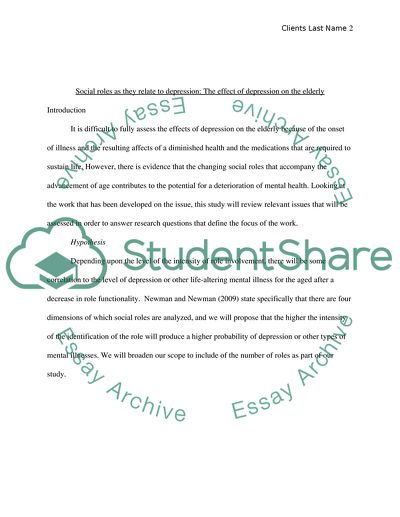Cite this document
(“The effect of perception of social roles on depression Research Paper”, n.d.)
The effect of perception of social roles on depression Research Paper. Retrieved from https://studentshare.org/miscellaneous/1568603-the-effect-of-perception-of-social-roles-on-depression
The effect of perception of social roles on depression Research Paper. Retrieved from https://studentshare.org/miscellaneous/1568603-the-effect-of-perception-of-social-roles-on-depression
(The Effect of Perception of Social Roles on Depression Research Paper)
The Effect of Perception of Social Roles on Depression Research Paper. https://studentshare.org/miscellaneous/1568603-the-effect-of-perception-of-social-roles-on-depression.
The Effect of Perception of Social Roles on Depression Research Paper. https://studentshare.org/miscellaneous/1568603-the-effect-of-perception-of-social-roles-on-depression.
“The Effect of Perception of Social Roles on Depression Research Paper”, n.d. https://studentshare.org/miscellaneous/1568603-the-effect-of-perception-of-social-roles-on-depression.


